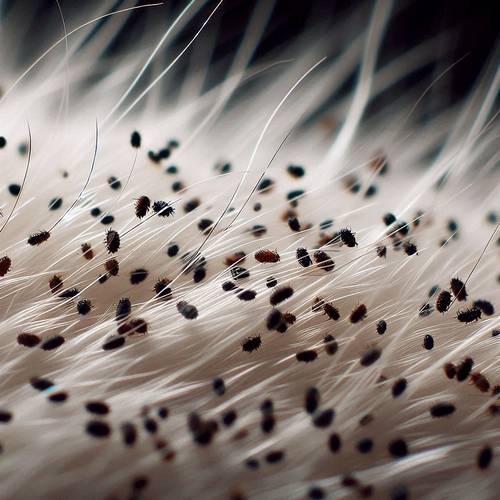What Does Flea Dirt Look Like?
Flea dirt looks like tiny black specks, often mistaken for regular dirt. However, these specks are actually flea feces, consisting of digested blood. To identify flea dirt, place the specks on a wet paper towel; if they turn red or brown, it's flea dirt. Typically found on pets' fur, especially around the neck and tail areas, flea dirt is a clear sign of flea activity. A heavy infestation can produce significant amounts of flea dirt, indicating that immediate action is necessary to protect your pet's health.
How to Spot Fleas Dirt on Your Pet
Spotting flea dirt on your pet is crucial for early flea detection. Look for small black or dark brown specks, especially around the neck, tail, and groin area. To confirm it's fleas dirt, place the specks on a damp paper towel. If they turn reddish-brown, it's dried blood—a sign of fleas dirt. Use a fine-toothed flea comb to thoroughly check your pet's fur. Regularly inspect your pet, especially during flea season, to keep them healthy and comfortable. Early detection helps in effective treatment and prevents severe infestations.



